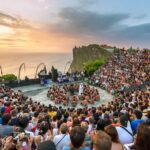Picture yourself wandering through lantern-lit alleys where 15th-century merchant houses whisper tales of silk and spice, or standing before a moss-covered citadel that once ruled an empire. Vietnam isn’t just a destination—it’s a living museum where culture pulses in bustling markets, history echoes in ancient temples, and traditions thrive in everyday rituals. For foreign travelers, this seamless blend of authenticity and resilience isn’t just fascinating—it’s irresistible. Let’s unravel the soul of Vietnam!
1. Heritage Cities: Where Time Stands Still
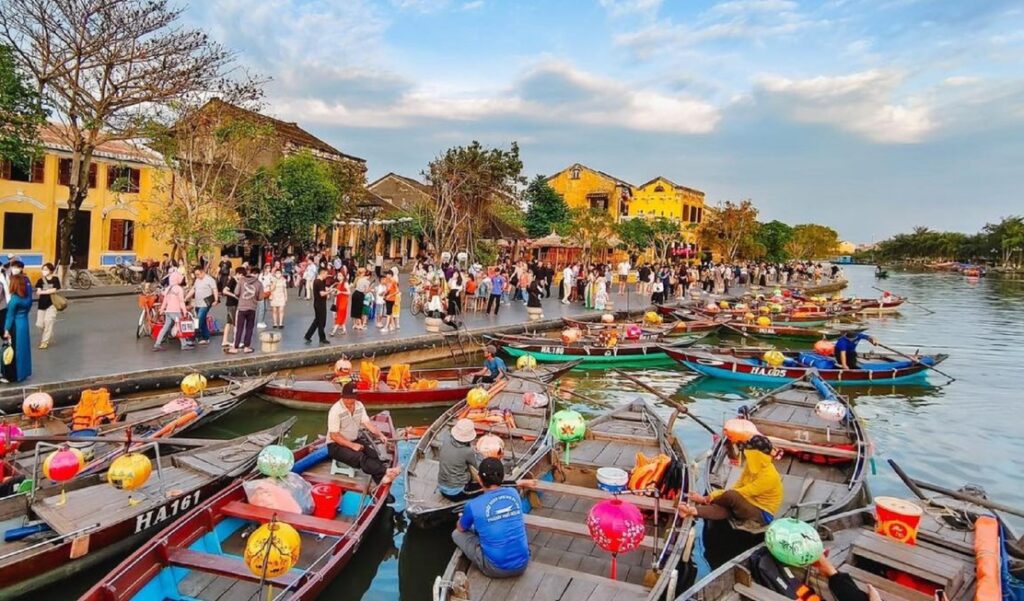
Vietnam’s UNESCO World Heritage sites offer portals to the past:
- Hoi An: The “Lantern City” fuses Chinese, Japanese, and Vietnamese architecture.
Traveler Favorites: Custom áo dài tailoring, lantern-making workshops, Full Moon Festival. - Huế: Imperial capital of the Nguyễn Dynasty (1802–1945) with its Citadel and royal tombs.
Must-Do: Dragon boat cruise on the Perfume River, royal court music performances. - Hanoi’s Old Quarter: 36 streets named after ancient crafts (“Silk Street,” “Herbal Medicine Street”).
Hidden Gem: Water puppet theater at Thăng Long Theatre.
2. French Colonial Legacy: European Elegance in the Tropics
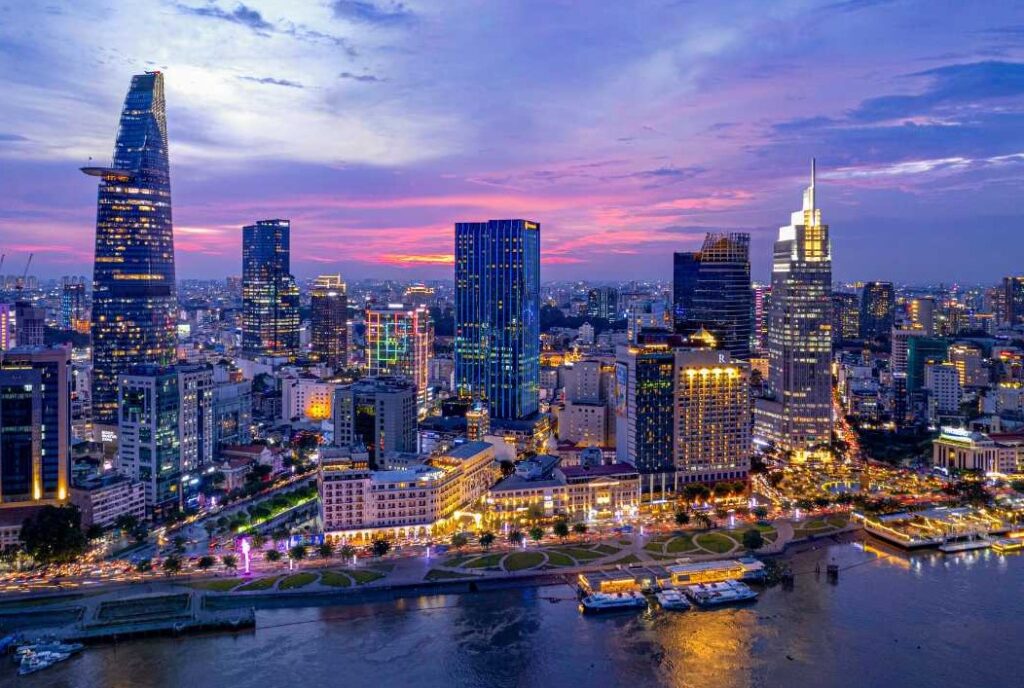
French colonial influence (1887–1954) created striking cultural juxtapositions:
- Ho Chi Minh City (Saigon):
- Notre-Dame Cathedral: Built with red bricks from Marseille.
- Central Post Office: Designed by Gustave Eiffel, featuring a 1892 Indochina map.
- Hanoi Opera House: A smaller replica of Paris’ Palais Garnier.
- Café Culture: Bánh mì (crunchy baguette sandwiches) and cà phê sữa đá (iced coffee) — edible legacies loved worldwide.
3. War History: Turning Scars into Lessons
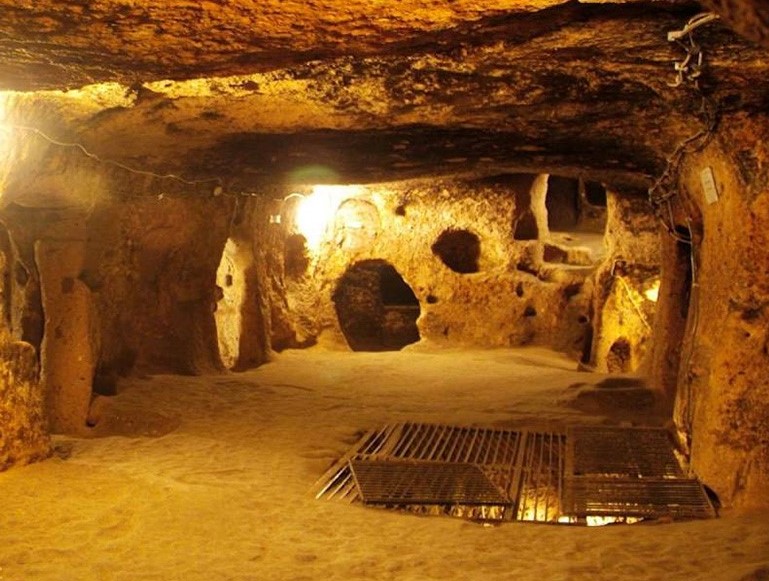
Vietnam courageously preserves its wartime past for education:
- Củ Chi Tunnels (near HCMC): 250 km of underground Viet Cong networks with trap doors and field kitchens.
Immersive Experience: Crawl through authentic narrow tunnels! - War Remnants Museum (HCMC): Harrowing photos and military artifacts from the “American War.”
- DMZ (Huế): Hiền Lương Bridge and the Vịnh Mốc Tunnels — symbols of division and resilience.
You can read also: Stunning Natural Landscapes of Vietnam That Attract Foreign Tourists
4. Ethnic Tapestry: 54 Tribes, Endless Traditions
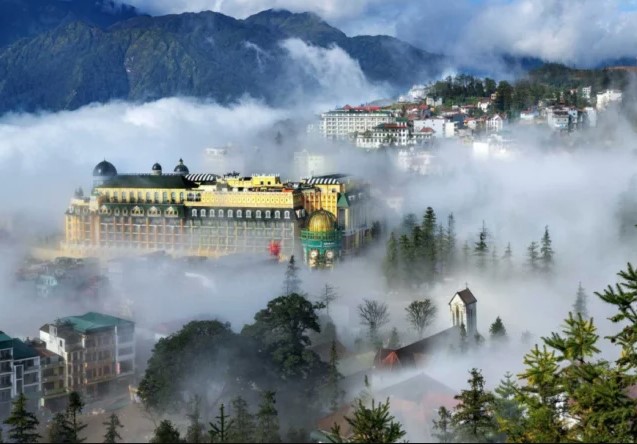
Northern highlands reveal Vietnam’s cultural diversity:
- Sapa/Hà Giang: Meet the H’mong (indigo-dyed clothing), Red Dao (scarlet turbans), and Tày (stilt houses).
Cultural Deep Dive: Weekly love markets, hemp weaving classes, homestays in tribal villages. - Central Highlands: Bahnar people’s gong festivals (UNESCO intangible heritage) and communal longhouses.
5. Living Culture: From Street Food to Festivals

Tradition thrives in modern Vietnamese life:
- Street Food as Social Fabric:
Phở (noodle soup), Bún Chả (grilled pork), Bánh Xèo (sizzling pancakes) — more than meals, they’re community rituals. - Tết Festival (Lunar New Year): Explosions of red and gold, ancestor offerings, lion dances, and sticky rice cakes (bánh chưng).
- Performing Arts:
- Water Puppetry: 11th-century folk art staged on flooded theaters.
- Ca Trù: Hypnotic “chamber music” recognized by UNESCO.
You can read also: Vietnam’s Hotel Hotspots – Where Foreign Tourists Find Charm, Luxury & Value
Why Foreign Travelers Are Enthralled
✅ Unbroken Authenticity: Traditions lived — not staged.
✅ Layered History: Chinese, Cham, French, and revolutionary influences woven together.
✅ Hands-On Experiences: Cook with locals, sleep in tribal homes, cycle through rice fields.
✅ Resilience & Hope: From war scars emerge stories of unity and renewal.
Vietnam is where history isn’t confined to textbooks — it dances in temple courtyards, lingers in the scent of street food, and echoes in the songs of hill tribes. Here, every silk thread, bullet-marked wall, and steaming bowl tells a story of endurance, beauty, and humanity. Come not as a spectator, but as a fellow storyteller ready to feel the heartbeat of a nation that has mastered the art of turning heritage into hope. ✨


